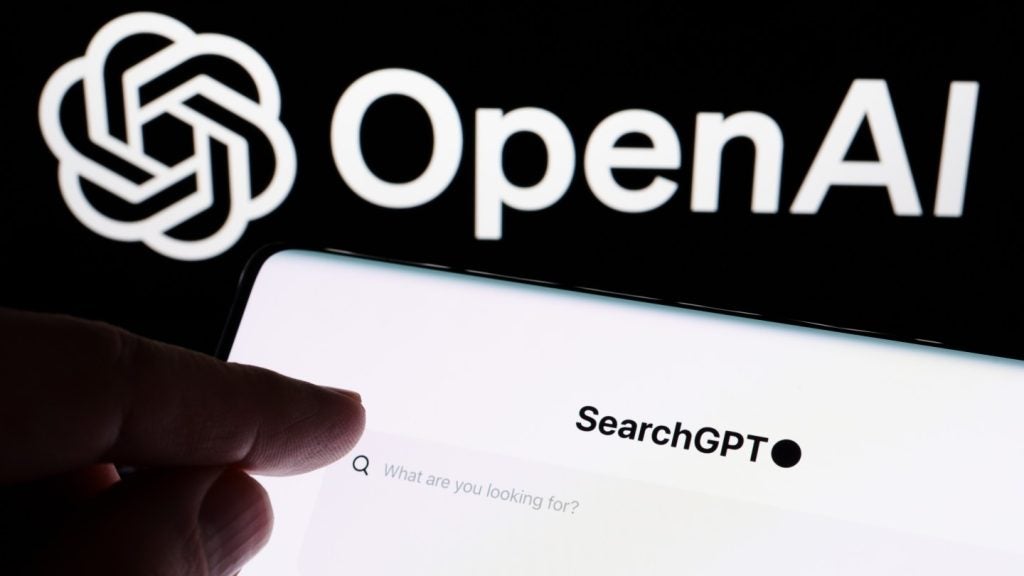
With the reappearance of some sunshine, it’s about that time to undertake a spring clean. Out with the old, in with the new – there’s definitely things we could say goodbye to in order to make room for the new.
This ‘spring clean’ approach should also be adopted in the workplace. For many businesses, the first three months fly by and new kick-off projects are rushing senior teams off their feet completely, leaving little time to evaluate and review what’s worked well and what hasn’t so far.
In 2019 it’s CIOs and those handling the digital transformation of a business that would benefit from reforming some old habits, leaving behind old mindsets and implementing fresh strategies to drive innovation.
Not managing expectations
Many CIOs risk the possibility of not delivering when it comes to completing projects by underestimating the task at hand and this is probably the quickest way to lose the respect of a business’s key stakeholders.
Undoubtedly, planning is a huge part of mitigating this. Before jumping into a big project, IT teams shouldn’t make light of just how mighty some projects can be – and the cost if it doesn’t go to plan. When undertaking a data migration project for example, we have seen instances where a significant number of products don’t have the full instructions of how they can be made in the system. This might be something that is easily fixed when a business, or team, is small, but isn’t sustainable as a company grows.
The first and most crucial step is to ask the questions that will allow you to manage those expectations. In the case of data migration, what are you going to migrate? In which order and when? Crucially, how does the system fit with future business models and how happy are the current users? These important questions are easily missed and can be the difference between success and failure.
Not building in-house capability
The value of in-house training and expertise cannot be stressed enough. Many CIOs will outsource the majority of tasks and projects but where do we draw the line?
It makes a lot of sense to outsource specific roles or projects, especially if you require specific expertise or you don’t have the capacity in-house to handle it. But by outsourcing almost everything, it creates somewhat of an internal knowledge gap. CIOs and their teams must have a general understanding of the task that’s being outsourced otherwise it’s extremely difficult to assess whether it’s a success or not.
CIOs should carefully consider which jobs are best outsourced and which internal skills are required to build a solid team and also manage partners. It is also worth exploring Bimodal IT, whereby two separate but coherent styles of work are practiced. One on predictability and areas that are well understood, the other exploratory and deploying experimentation to solve new problems.
For example, a proven commodity – like an SAP system – is mode one, which you know will perform, enables you to keep the lights on in predictable, well-understood areas, while internally you focus on mode two. This is where experimentation and exploratory ways of working can be introduced to solve new problems and areas of uncertainty.
Stop getting bogged down in the day-to-day
Easier said than done, of course. But the role of a CIO should be focused on thinking ahead about the bigger picture and trends such as whether the business should be investing in blockchain or AI.
Similar to stock watching and monitoring for potential emerging companies to invest in, CIOs should be stock-watching emerging technologies to understand which of these may or may not be appropriate for their business. Instead, many get pulled into the day-to-day firefighting of a business and handling reactive requests.
Technology and new processes are key to growth in any business and it is the CIO’s job to demonstrate how they can support in developing the company and achieve further growth, as well as stay ahead of the competition.
This goes hand-in-hand with the CIO being involved at all levels of the company. No longer should they be seen as the person who runs the IT department. Your goals should be the efficient deployment of technology, which is something only a highly capable and commercially-aware CIO can deliver.
Stop talking jargon
A bad habit that I have seen during my two decades in the industry is the overuse of buzzwords and acronyms. CIOs shouldn’t explain technology to business leaders, they should explain what it can do for the business. Take buzzwords. The problem with them is it quickly devalues the meaning and potential of technology and processes – take for example the term ‘digital transformation’, the meaning and iterations can be as varied as ‘innovative’ to ‘revolutionary’.
Most businesses are reportedly undergoing digital transformation to some degree, but the unfortunate truth is that this term has become a catch-all slogan which is applied to all forms of digital technologies. There may be no one-size-fits all solution and every company will have different requirements. For one company, this may be using cloud platforms to transform their supply chain whereas for another it might be moving its business to mobile channels.
What needs to be seen is an across the board shift from explaining what the technology does, to focusing and demonstrating what it can deliver to an organisation. The risk is that by banding terms around they then begin to mean different things to different people. The knock-on effect of this is that the value and potential of the technology is hugely undervalued and the tangible benefits that it can have for a business are lost. And this is no truer than of the c-suite.
Many will go back to their old ways and let their good intentions slip over time. CIOs will reap the rewards if they keep these things in mind. Not only keeping their teams but also their projects running smoothly.







